Night sky photography is quite tricky and to get it done well, the photographer needs the right tools and accessories that can produce the best results. Since light is very limited for this genre of photography, the equipment used needs to perform well in very low light situations. There are many cameras in the market that perform well in low light situations and we will have a look at some of the best cameras for night sky photography.
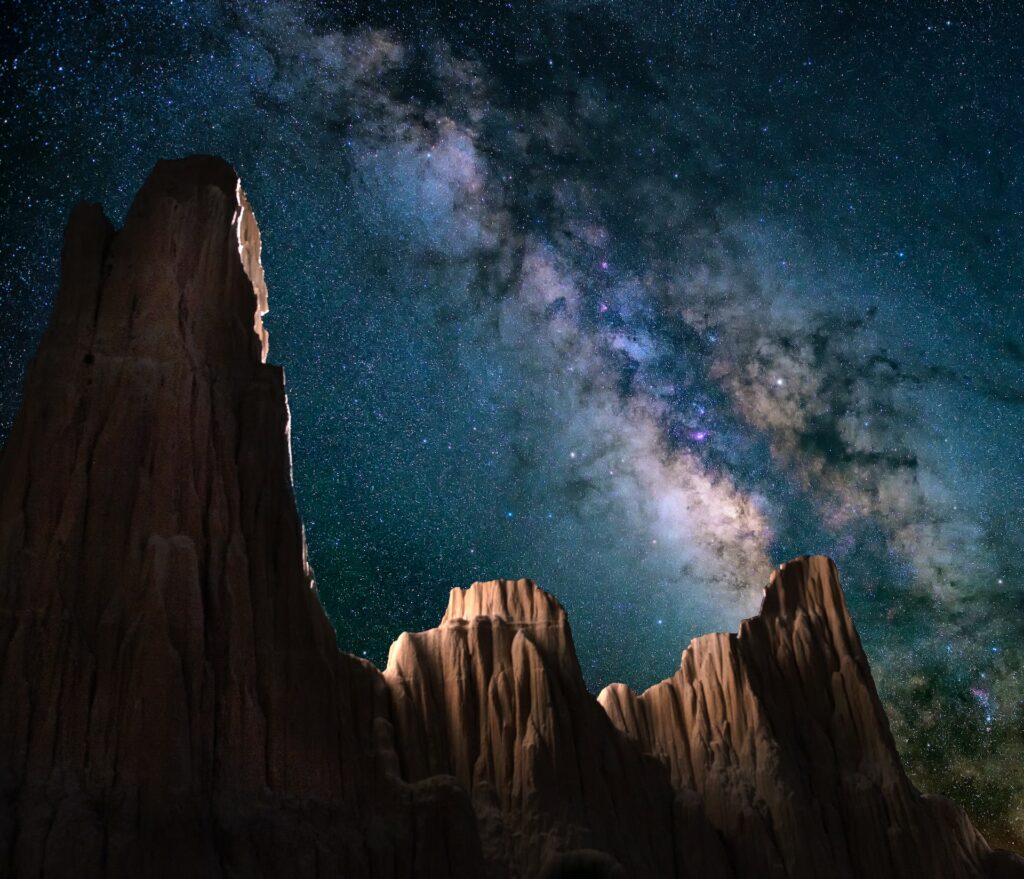
Night sky photography includes photographing the moon, the stars, the Milky Way Galaxy, the distant galaxies, the nebulae, star clusters, and other celestial events like meteor showers, etc. Capturing deep space objects requires specific equipment, and while some of the brightest can be captured with a DSLR or a mirrorless camera, capturing other objects require a telescope and an astro-imaging camera.
The most common night sky photography subjects are the moon, the stars, and the Milky Way. People in the Northern and Southern Latitudes also photograph the Aurora. Here are some cameras that we think are the best for this type of night sky photography.
For night sky photography, here are some features that you need to focus on when buying a camera that will be great for night sky photography.
1. ISO/Low Light Performance
Night sky photography is done in very low lighting conditions, and you are gathering light from objects that are hundreds of thousands of miles or hundreds and thousands of light-years from Earth. So you will be exposing for longer periods of time, and there are a lot of factors that will contribute to noise during this lengthened exposure time – low light, high iso, thermal noise, long exposure, etc.
In order to overcome this, you will need to choose a camera that will handle these factors effectively and produce outstanding image quality. While even beginner crop sensor cameras can be used to capture night sky images, the resulting image quality may be poor and won’t be of use if you wish to print or sell them. So choose a camera that has a good sensor that can handle these factors without compromising on image quality. A good high iso or low light performance camera will be a credit for night sky photography.
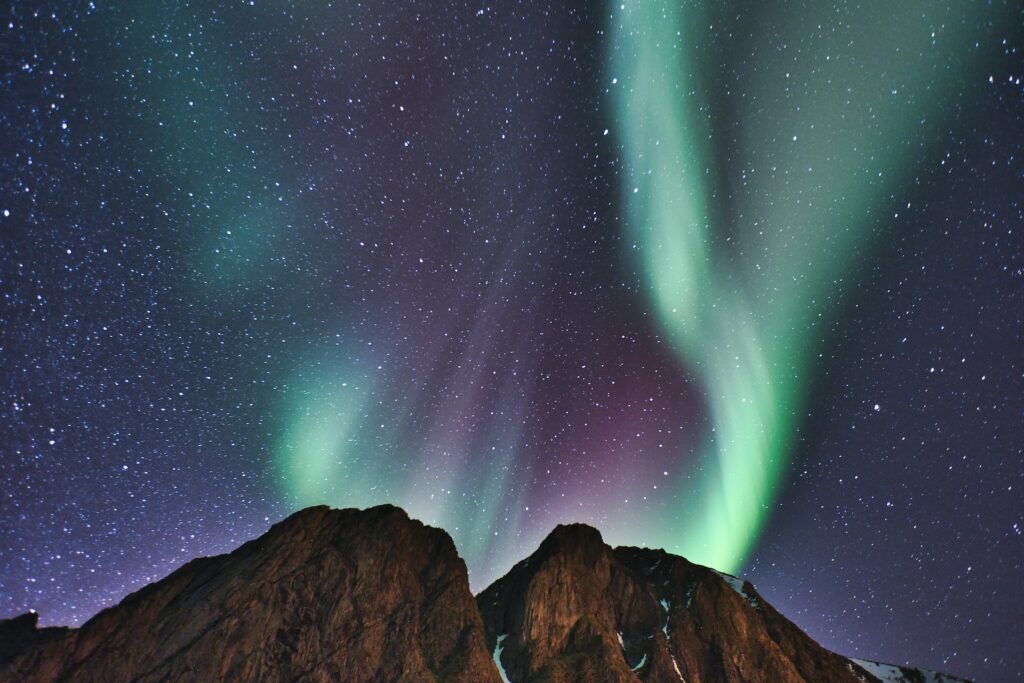
2. Sensor Size
A full-frame sensor is the best for night sky photography, as they are very good in handling low light situations, but the APS-C sensor and micro-four third cameras from Fujifilm, Nikon, and Olympus come with sensors that perform well in low light. A larger sensor can capture more light which means better quality images with a good dynamic range; hence a full-frame sensor is the best if one can afford it.
Based on your budget, you can go for either a full frame or a crop sensor camera, as they can produce excellent results. Remember that you will need to buy lenses keeping this in mind, as the effective focal length will vary for the lens when used on a crop sensor camera.
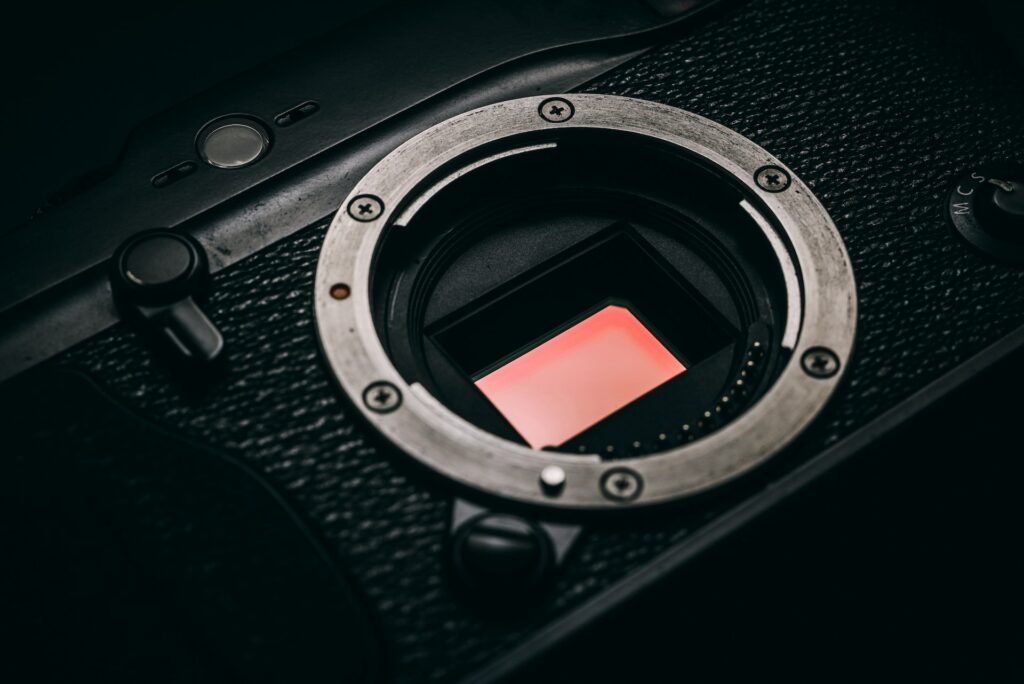
3. Articulated LCD
Night sky photography is easier when you work with a live view, and you are able to see and compose on the LCD screen. Depending on what you photograph, you may need to tilt your camera to weird angles to get the subject in the right place in the frame or to get the frame you are looking for. It can be difficult to look at the LCD screen if your camera is pointing up or at other unusual/unique angles.
In order to make this easy and convenient, it is good to have an LCD screen that is fully articulated or at least a tilting one, if fully articulated is not possible. This will help with flexibility in focusing and composing the image before capturing it. Also, changing settings in the menu if needed during the shooting process will be much easier if you have an articulating screen.
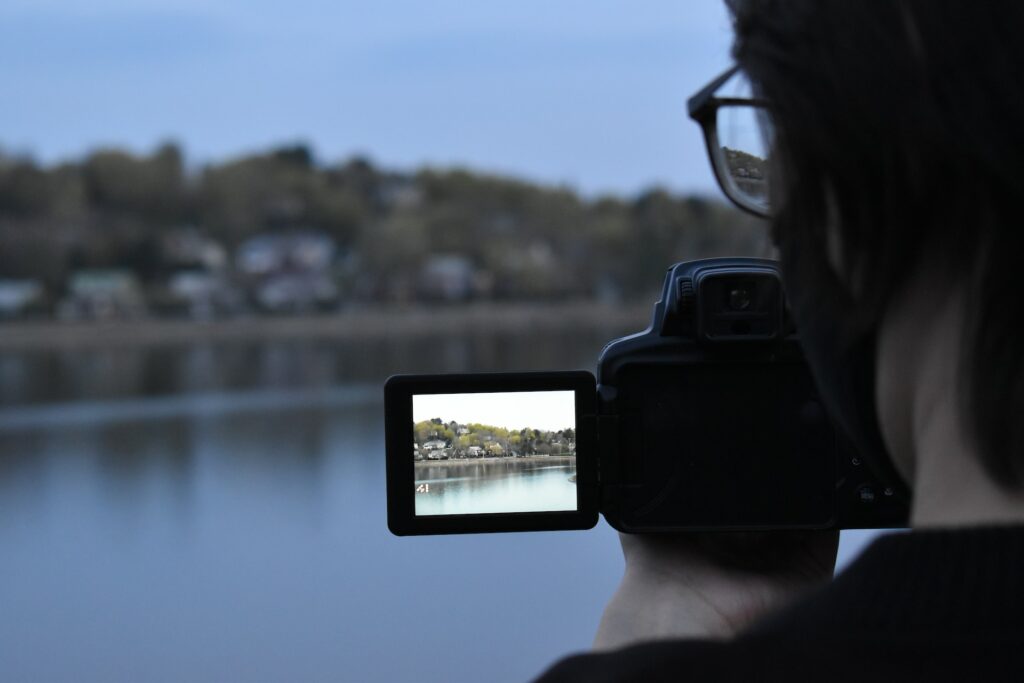
4. Good Battery Life
Night sky photography means you sometimes may be spending hours on location depending on what you are shooting. For example, star trails, time-lapse photography, capturing celestial events like a meteor shower, capturing images for stacking, etc., will all require you to use the camera for an extended period of time.
Although you can have spare batteries, it is not convenient to keep changing them frequently. So go for a camera that has a good battery life, if possible. Extreme weather can also have an impact on battery life, so you need to keep this in mind and always have one or more spare batteries in your bag.
5. Image Quality
When you choose a camera with a good image sensor and acceptable resolution, you will have good image quality. This is important when you want to print or sell your images in the future.
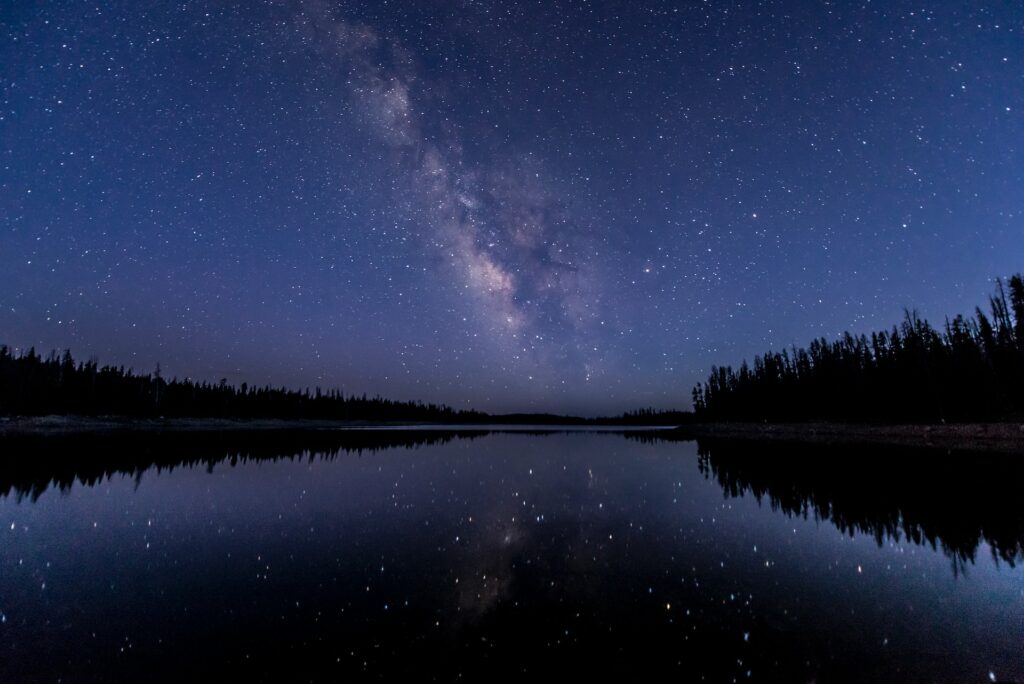
Image quality does not mean you need high-resolution sensors; it just means that the sensor should be able to produce better images in low-light situations, high iso values, and long exposure times. Keep this in mind when purchasing the camera, and any resolution over 12 megapixels is great for astrophotography. If you will be printing smaller images, 12 megapixels is great, but for larger prints, you need a higher resolution, like 24 megapixels.
With the above factors in mind, we thought that the cameras below were some of the best for night sky photography. We have included DSLR and Mirrorless cameras with different sensor sizes and also looked at somewhat affordable prices for serious night sky photographers. An overview of the camera, along with its key features that make it a good choice for night sky photography, are listed below:
The Nikon D780 is a full-frame camera that comes with a 24.5 Megapixels sensor with an iso range of 100 to 51,200. Here are some of its best features:
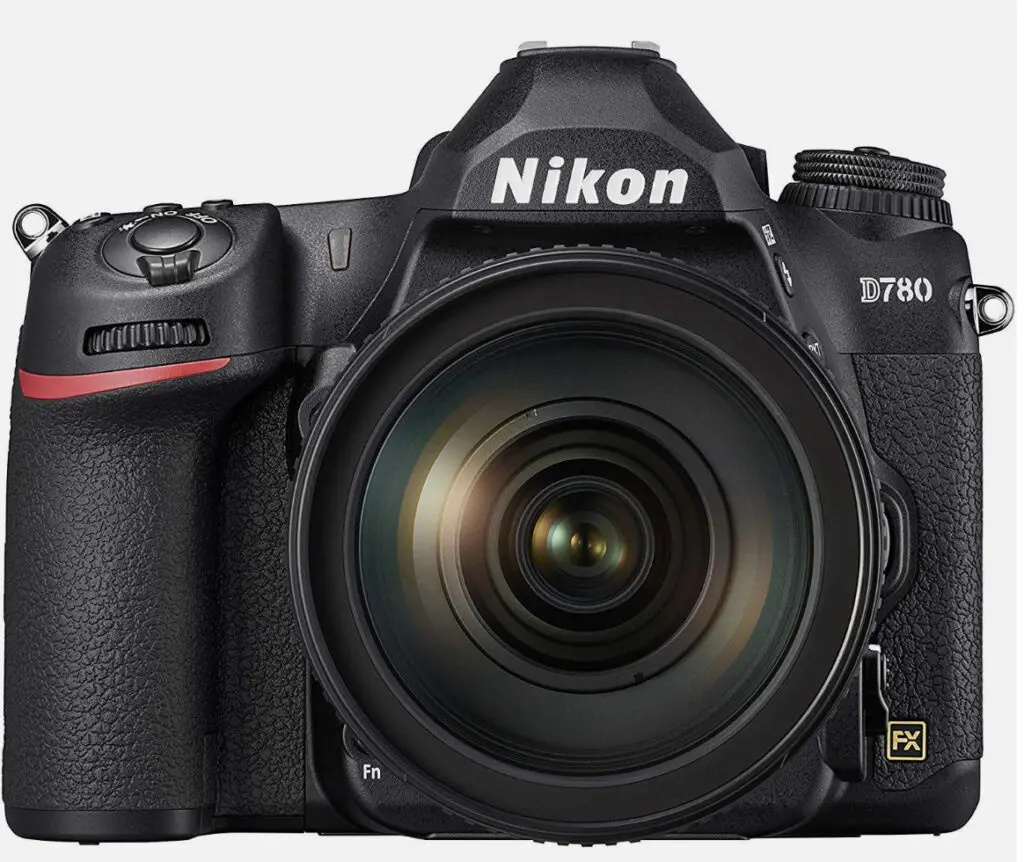
- It comes with a tilting touchscreen and exceptional low-light performance.
- For anyone interested in time-lapse photography, the D780 comes with a new mode that captures time-lapse in camera.
- The camera is weather sealed for times when you have to shoot in extreme weather conditions.
- DSLRs usually have excellent battery performance, and the D780 allows about 2,260 shots per charge. This may vary depending on how much you use the live view and other features that drain charge from the battery.
The Canon EOS R6 is a full-frame mirrorless camera with a 20-megapixel resolution and excellent low-light performance. Here are some of its key features:
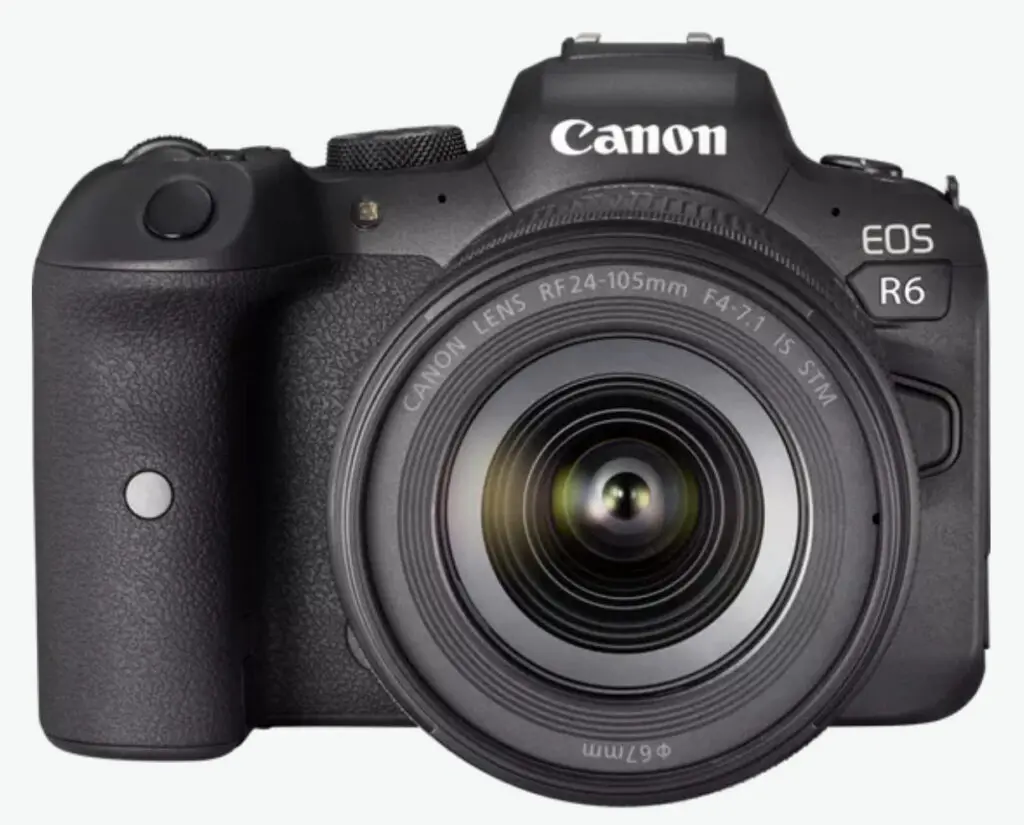
- The camera comes with a vari-angle touchscreen LCD that can be tilted to the desired angle when shooting unusual angles and perspectives. Besides, there is a magnification feature that will allow you to zoom into the subject being photographed. This can sometimes be helpful to identify particular objects clearly in the frame.
- The iso range for this camera is from 100 to 102,400, making it a perfect option for low-light photography.
- The battery life is not so great and is between 380 to 510 shots depending on environmental and other conditions. So you need to have a few spare batteries for sessions that last a few hours.
Canon used to have the dedicated astrophotography camera, the Canon EOS RA, a full frame 30.3 megapixels mirrorless camera with a modified infrared filter for astrophotography. It has been discontinued now.
Sony A7 III is a full-frame mirrorless camera that has very good low-light performance and comes with a 24.2 megapixels sensor. Some of the camera’s best features are:
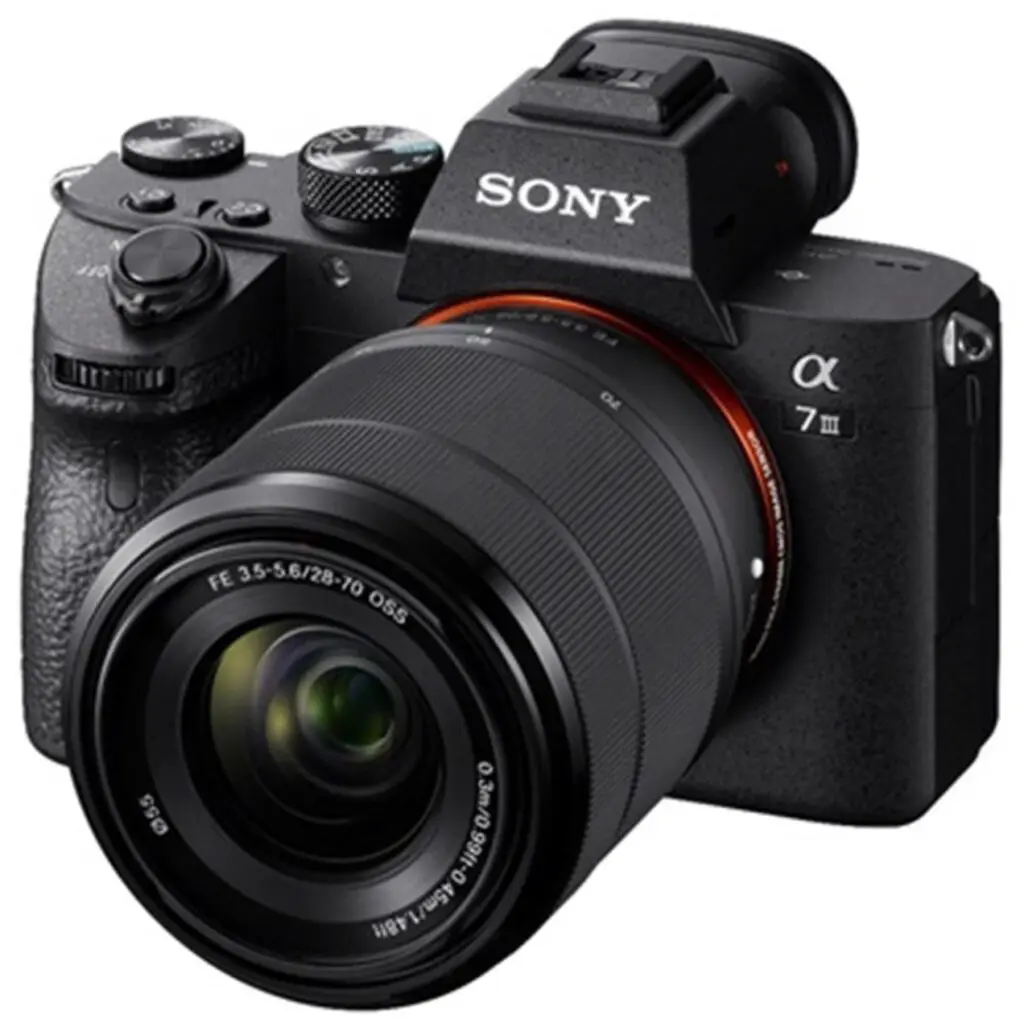
- The 24.2-megapixel sensor, along with the high-speed processor, helps with faster processing times and good dynamic range at low iso values, which can be helpful when capturing long exposure night sky images.
- The iso range is from 50 to 51200, which is great for night sky photography.
- The LCD screen is a vari-angle LCD with a focus magnifier.
- The battery life is slightly better and is about 710 photos per charge, but it supports charging through a USB port using a power bank.
The Nikon Z6 II is a full-frame mirrorless camera that boasts a dual processor and 24.5 megapixels sensor. Here are some of its key features:
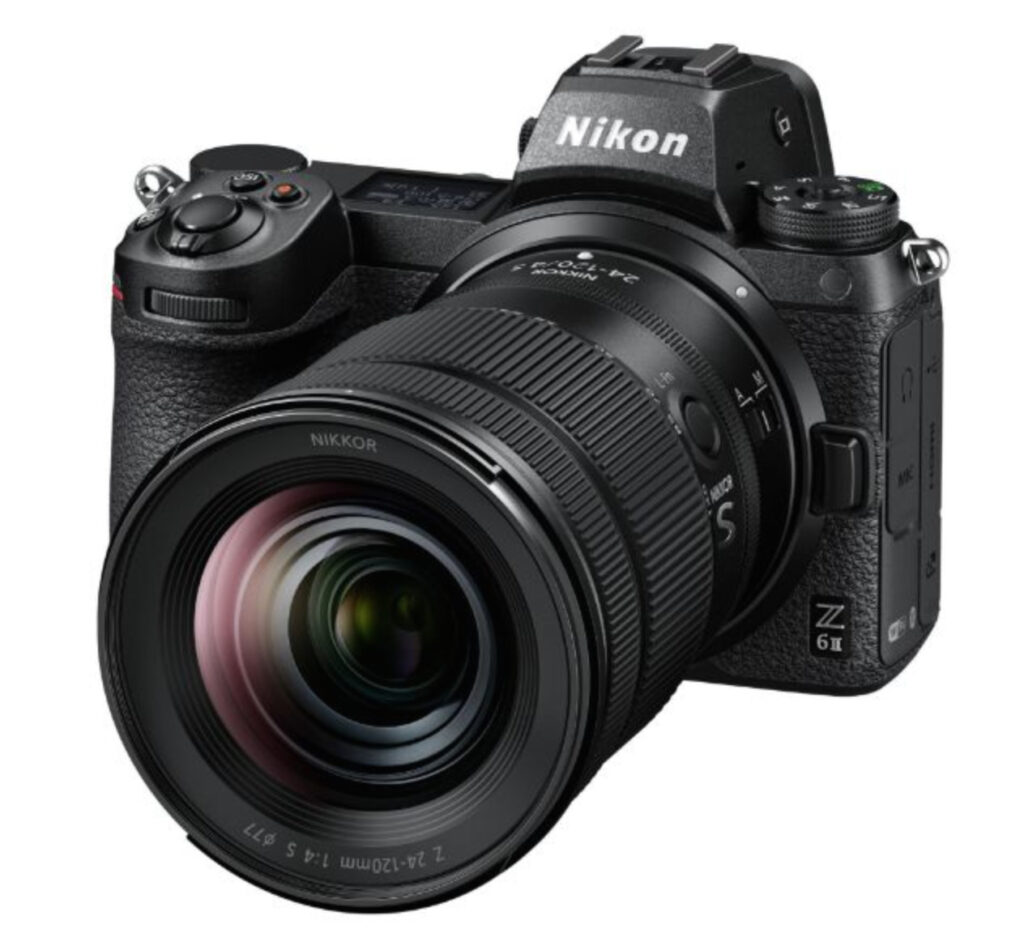
- This camera is an all-round performer and has impressive low-light performance. The iso range for this camera is between 100 and 51200, and the images are clean even when shot at high iso values.
- The low-light autofocus on this camera is excellent and can be helpful at times when you wish to shoot other genres in low-light situations.
- The LCD screen is a tilting touchscreen type and comes with excellent weather sealing.
- The battery life is between 340 to 450 shots, depending on the functions used in the camera and so having a few spare batteries is a must for longer photography sessions.
The Fujifilm X-T5 is a 1.5x crop sensor mirrorless camera that comes with a high resolution 40.2 megapixels sensor and some of its key features are:
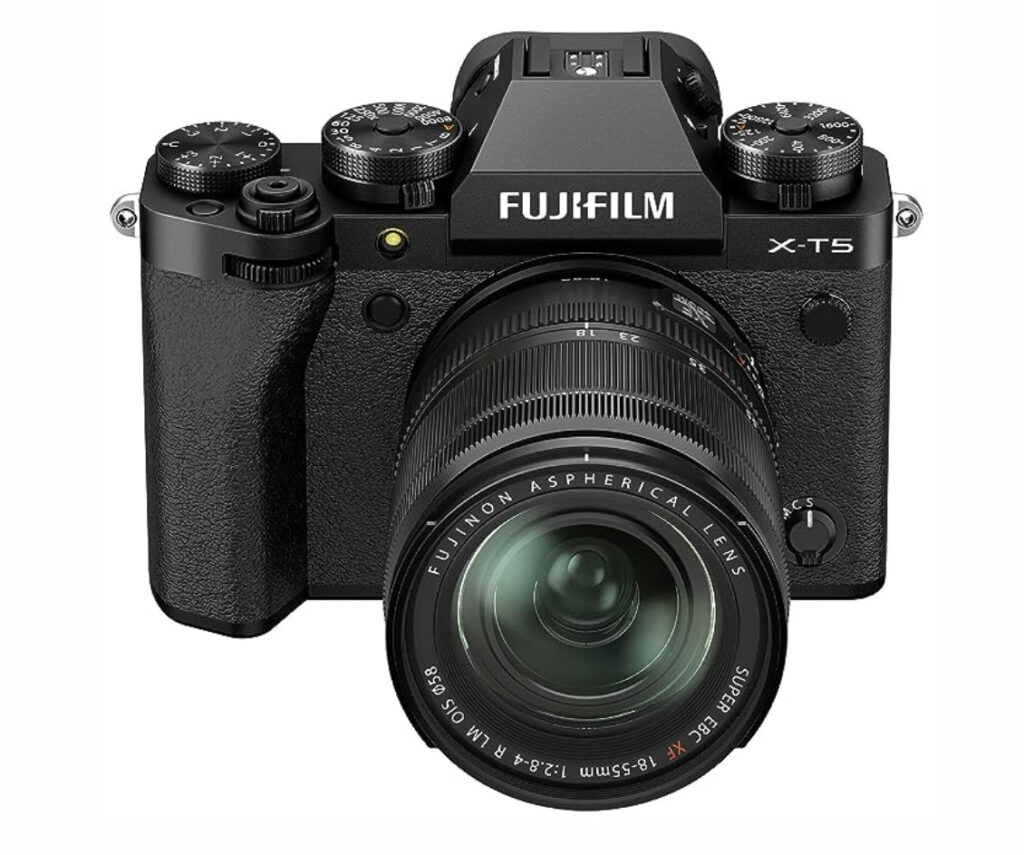
- The iso sensitivity is 125 to 12800, making it an excellent choice for night sky photography.
- The sensor of this camera produces great images even in high iso values.
- Once you get used to the dials, you can easily adjust the iso and shutter speed.
- The LCD screen is a three-way tilting one, which makes it more versatile to use from any level and perspective, making the photography process relaxed and more comfortable.
- The battery life is an improved one, with approximately 740 shots per charge.
The Olympus OM-D E-M10 Mark IV is a highly portable camera with a 20.3 megapixels micro four-thirds sensor. Here are some of its features:
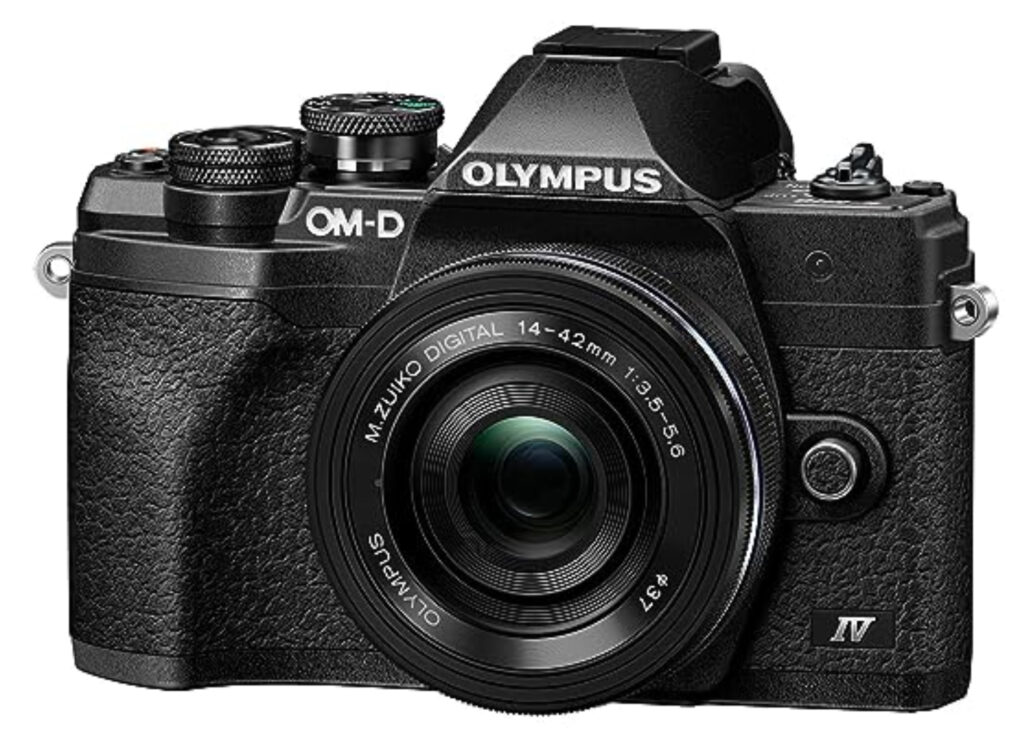
- The iso range is between 200 to 25600 making it a great camera to work under a variety of lighting conditions, including night sky photography.
- The LCD screen is a tilting screen that helps to work with a variety of angles.
- The battery life is not so great and is approximately 360 shots per charge. In-camera battery charging via USB is supported.
To conclude, it's not fair to say that the above cameras are the best as there is no “best camera” for night sky photography. It all really depends on your needs, skills, and budget. Most recent cameras are capable of capturing stunning shots of the night sky and come with really good low-light performance. Whatever camera you are looking to buy, check their features to see if they are suitable for night sky photography and choose one based on your needs, interests, and budget.
What are your experiences with night sky photography? Do you recommend a particular camera? If so, why? Please share with us in the comments section below.
Further Resources
Light Stalking https://ift.tt/1GOZQqz
Sourced by Time Trap Photography sharing the best photography tips, news and tricks throughout the industry. Time Trap Photography is dedicated to freezing those special moments in life that can be revisited and admired for generations to come. - Shannon Bourque
Please visit our main site for booking availability and rates.

Receive valuable industry knowledge delivered free to your email each day.






No comments:
Post a Comment
Thank you so much for your comment. A moderator will review and approve all relevant posts. We appreciate your support and encourage you to stay with us by subscribing to our email updates. Where you can easily pick and choose what photography subjects interests you. Subscription link: http://bit.ly/photo-sub